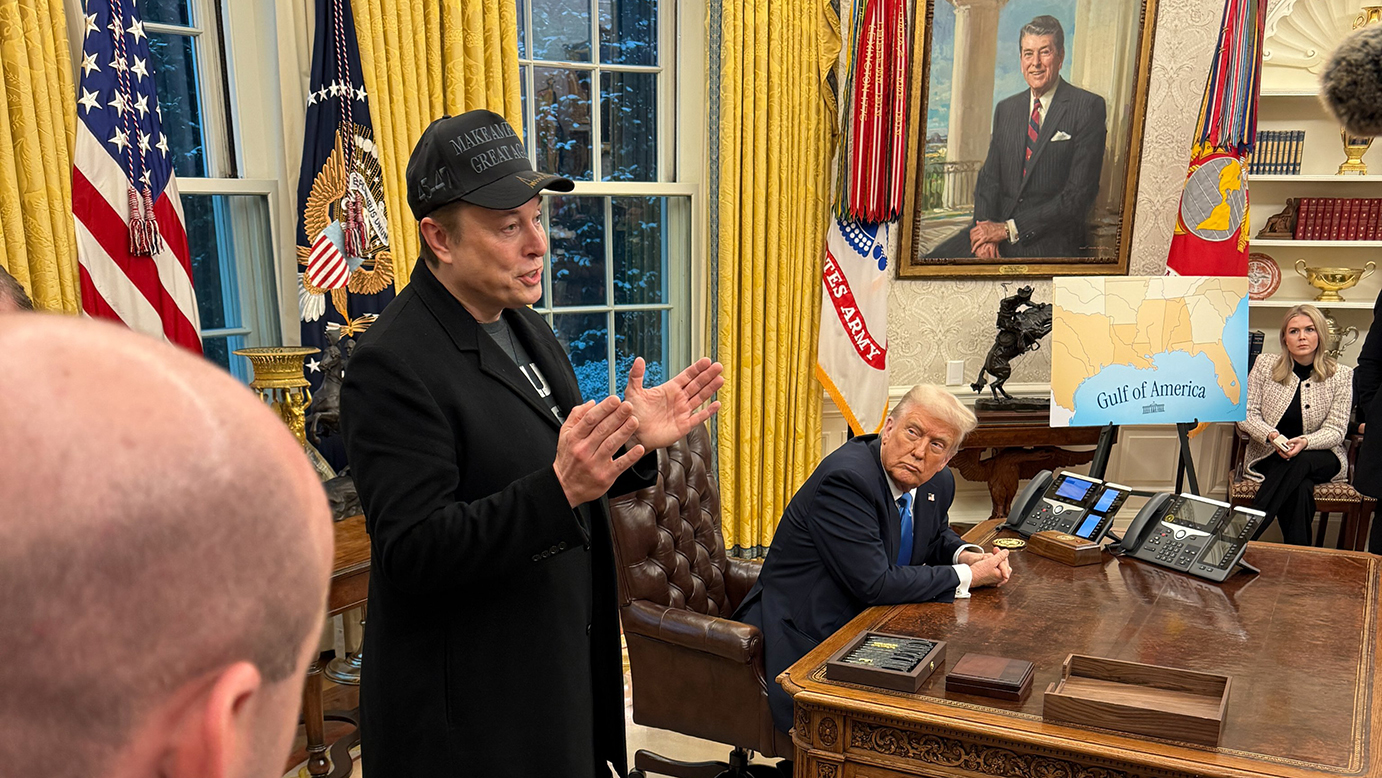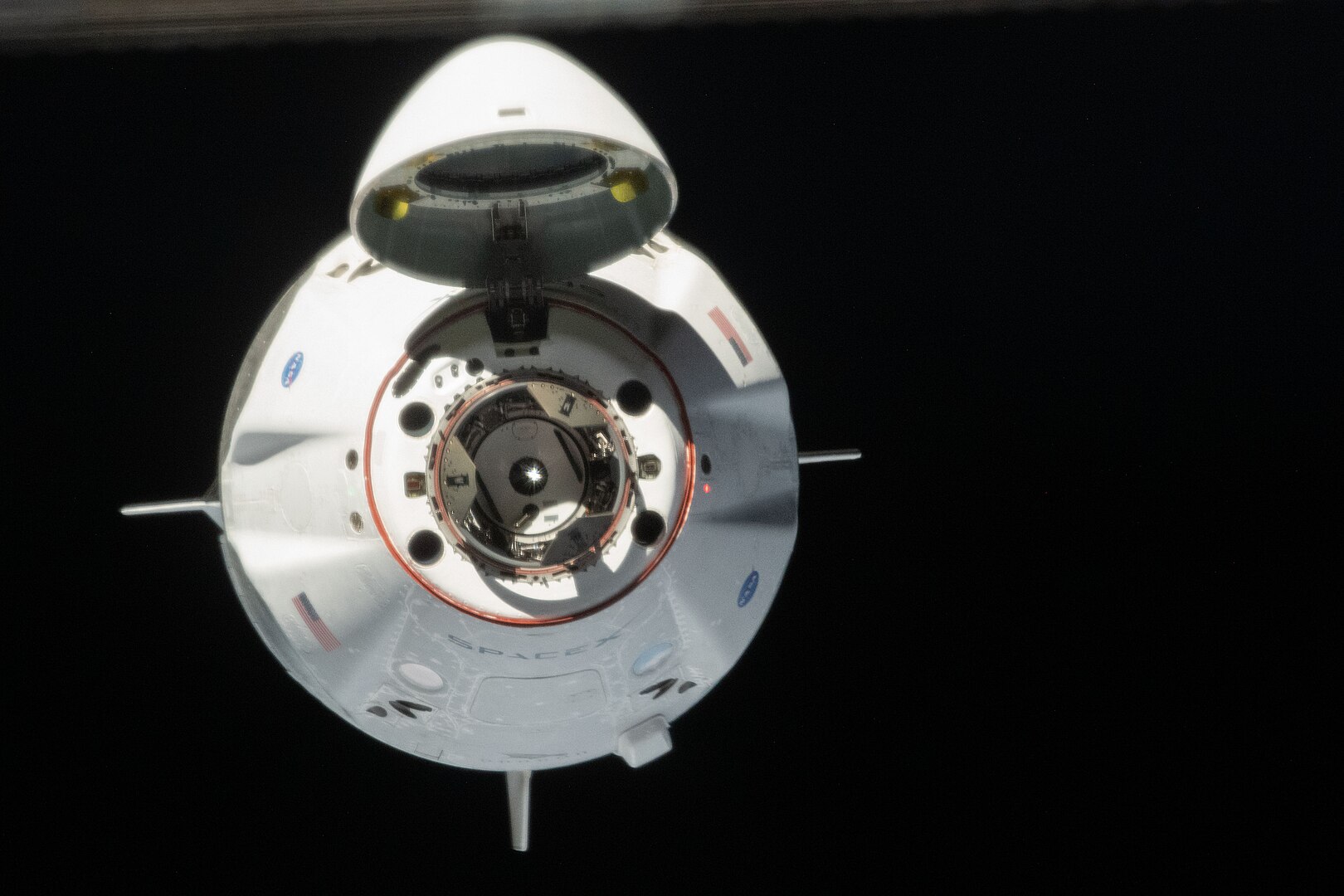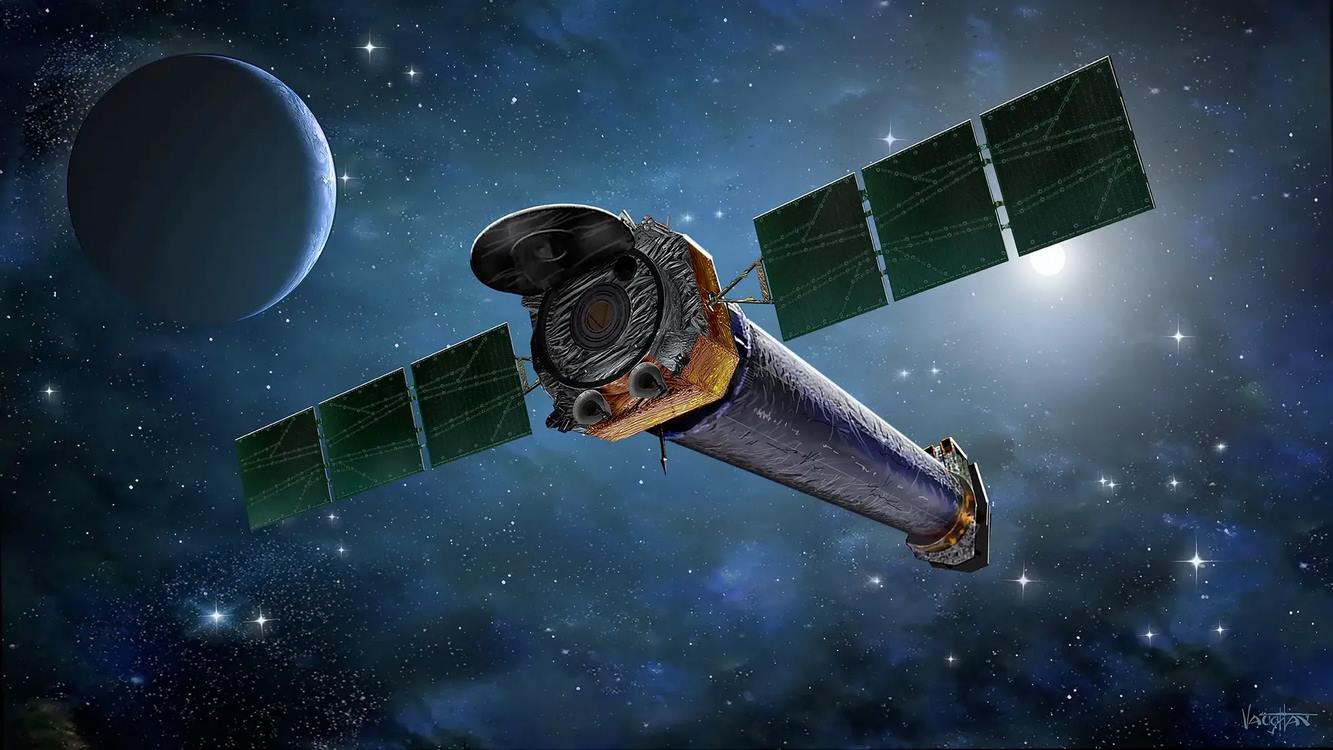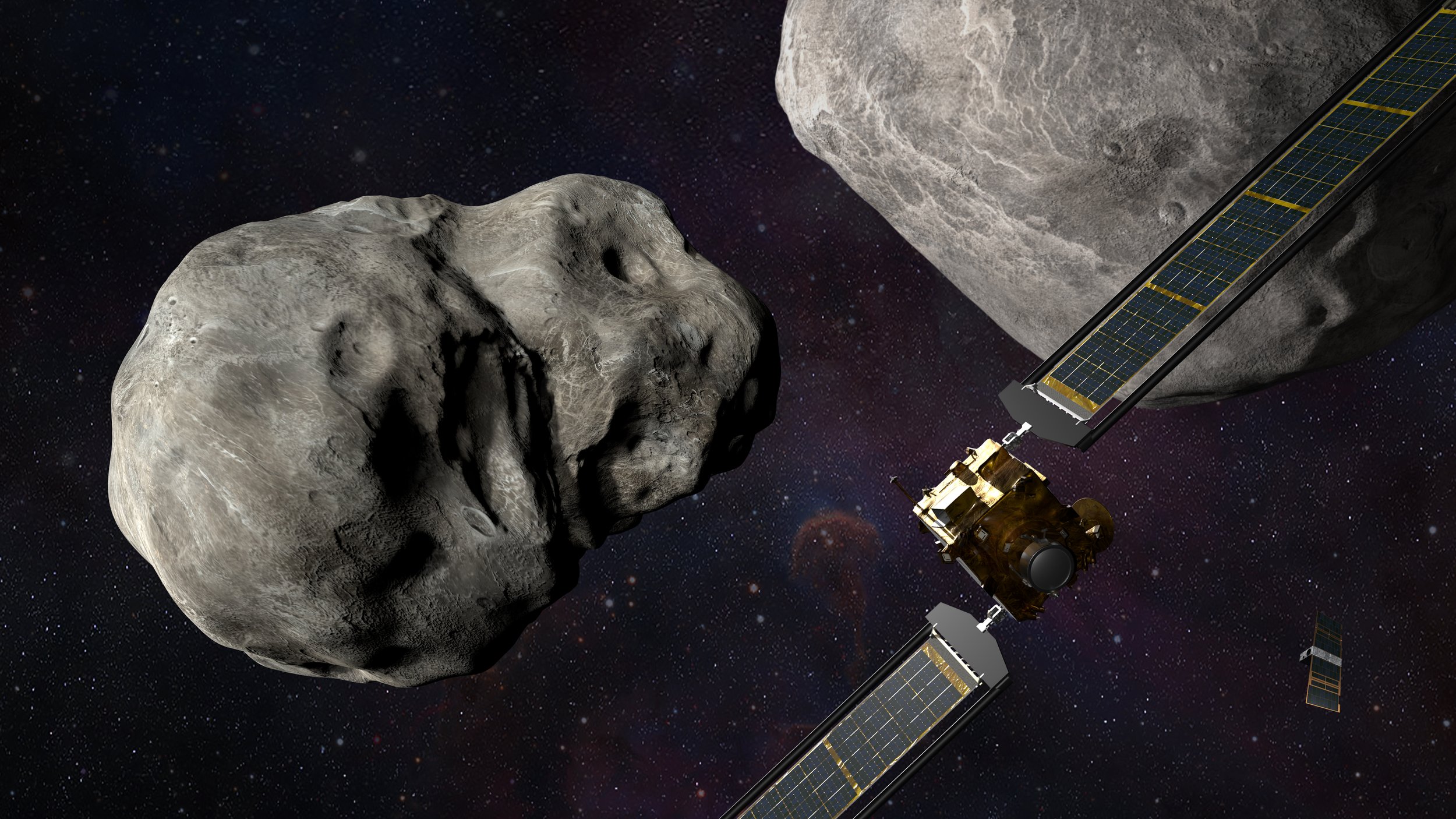When the SpaceX Dragon 2 capsule was certified to carry NASA astronauts to the International Space Station in 2020, the rapidly dominating commercial space firm was celebrated for breaking a decade-long dependence on Russian Soyuz spacecraft for crewed trips into orbit.
Its certification came with a $4.9 billion government contract for supply and crewed missions to the ISS, but the Axiom-4 mission, slated for launch four days from now, may be its 17th and final flight, as SpaceX Founder and CEO Elon Musk announced on X that he would be decommissioning the capsule and its division at SpaceX as a result of his rowdy fallout with President Trump.
If the two most powerful men in a room, a company, or a nation, decide they don’t like each other anymore, there’s going to be fireworks, and having left his position as a “special government employee” on May 30th, Musk and Trump have held nothing back, with the former calling the President’s first budget proposal a “disgusting abomination” and the latter calling the CEO “CRAZY!”
It’s possible the feud has spilled over into the civil space sector, as Trump’s first nomination for NASA Administrator Jared Isaacman was withdrawn after Senate confirmation hearings without explanation. Isaacman, a friend of Musk’s, who led a totally private mission to space aboard the Dragon 2, said with more or less certainty that his withdrawal was a way of getting back at Musk, who had supported his nomination.
“I don’t think that the timing was much of a coincidence, that there were other changes going on the same day,” Isaacman said on the All-In Podcast with David Friedberg. “There were some people that had some axes to grind, I guess, and I was a good, visible target”.
NASA, now without a crew capsule or an administrator, is also reeling from a massive budget restructuring, with 41 science and research missions cancelled in tandem with a 30% reduction in staff. The whole agency is set to be transformed into a vehicle for sending humans to the Moon and Mars, and virtually all other directives have been cancelled or put on hold.

DOGEball
The feud between the nation’s greatest engineer its most famous individual was carried out through Truth Social and X, and as a result was totally public. Musk was brought in to cut government spending, reduce the size of the debt and government bureaucracy with his trademark goofiness, and seemed to hold that mission close to his heart.
As his “Department of Government Efficiency” seemed to be losing ground and influence in the administration, the amount of savings projected plummeted from a vaunted $2 trillion per-year back in January to something like $150 billion, until eventually Musk announced we was stepping down as leader of DOGE to focus on growing the nation’s economy. Shortly thereafter, President Trump’s budget proposal was announced, and it would create the largest government, again, in history.
On X, Musk shamed Republicans who voted or supported the bill, which he called a “disgusting abomination,” and later commented on Trump’s “ingratitude” saying “Trump would have lost the election” without him.
Trump responded with trademark aggression and spelling errors.
“Elon was ‘wearing thin,’ I asked him to leave, I took away his EV Mandate that forced everyone to buy Electric Cars that nobody else wanted (that he knew for months I was going to do!), and he just went CRAZY!” Trump wrote on Truth Social yesterday. “The easiest way to save money in our Budget, Billions and Billions of Dollars, is to terminate Elon’s Governmental Subsidies and Contracts. I was always surprised that Biden didn’t do it!”
In response, Musk posted on X a series of interviews and statements of him calling for an end to the EV mandate and subsidies for things like his Tesla automobiles over the last few years. He also responded saying he would decommission the Dragon spacecraft.
In light of the President’s statement about cancellation of my government contracts, @SpaceX will begin decommissioning its Dragon spacecraft immediately pic.twitter.com/NG9sijjkgW
— Elon Musk (@elonmusk) June 5, 2025
The Daily Mail later reported that Musk appeared to walk those comments back, though not before, or not enough, that NASA spokeswoman Bethany Stevens said the agency would “continue to execute on the President’s vision for the future of space”.
“We will continue to work with our industry partners to ensure the President’s objectives in space are met,” she added, potentially referring to Boeing, a major recipient of government contracts for decades, whose parallel spacecraft the Starliner has been met with multiple setbacks in development, testing, and deployment, most recently when it a thruster issue prevented it from safely picking up two astronauts after their tour on the ISS had ended. They would later be brought home via a Crew Dragon 2.
NASA budget reconciliations
Ted Cruz (R – TX) the Chairman of the Senate Commerce Committee recently introduced a proposal to add $10 billion back into the NASA budget over the next 7 year, to be spent on further advancing the goals of reaching Mars first, as well as modernizing America’s air-traffic control network to accomodate space launches.
It would refund several programs cancelled in President Trump’s recent budgetary request for NASA through fiscal year 2026, including the Lunar Gateway and the Space Launch System and Orion capsule, which would both receive funding through the Artemis 4 and 5 missions to the Moon.
Contracts for making and launching two of the four modules of Gateway were actually given to SpaceX. It’s unclear whether Musk’s recent hammering of Republicans for supporting Trump’s budget will affect the company’s involvement with the mission.
Another program that Cruz’ injection of cash would keep afloat in the face of Trump’s cancellation would be the Mars Sample Return mission to collect the rock and sediment samples cached by the Perseverance Mars rover. $700 million was earmarked in Cruz’s proposal for a “Mars Telecommunications Orbiter” designed specifically to facilitate rapid and uninterrupted communications between the Martian surface and orbit and Earth.
“This orbiter is dual-use for both a Mars Sample Return mission, to return core samples of Mars to Earth, and future manned Mars missions,” a summary accompanying the bill states.
Space News reports that the proposal “seeks to provide $250 million in additional annual funding for the International Space Station in fiscal years 2025 through 2029. That funding would make up for the proposed cuts in ISS operations included in the administration’s budget”. WaL
We Humbly Ask For Your Support—Follow the link here to see all the ways, monetary and non-monetary.
PICTURED ABOVE: The SpaceX Crew Dragon mission Endeavor, as it approached the International Space Station PC: Chris Cassidy via NASA.



